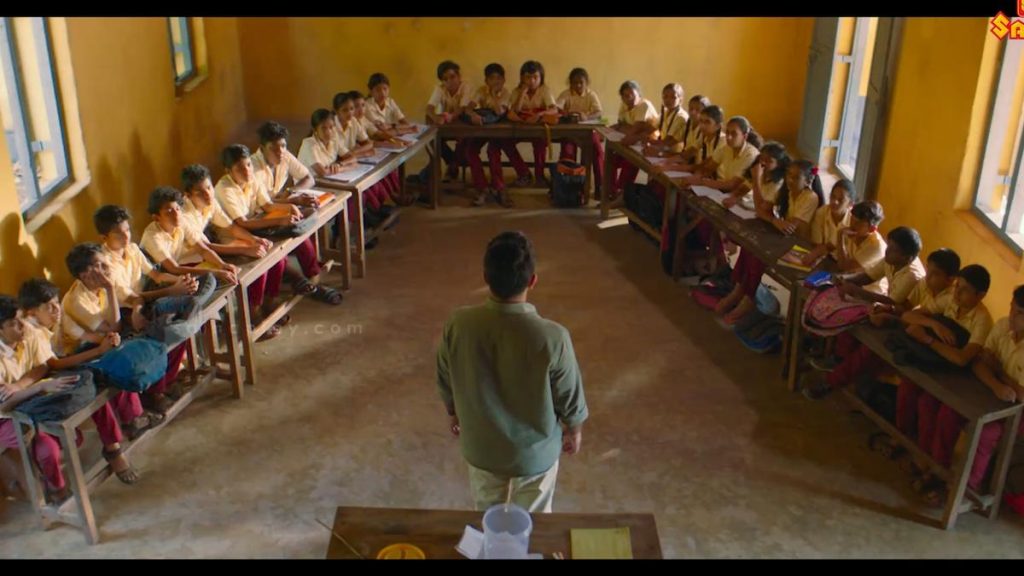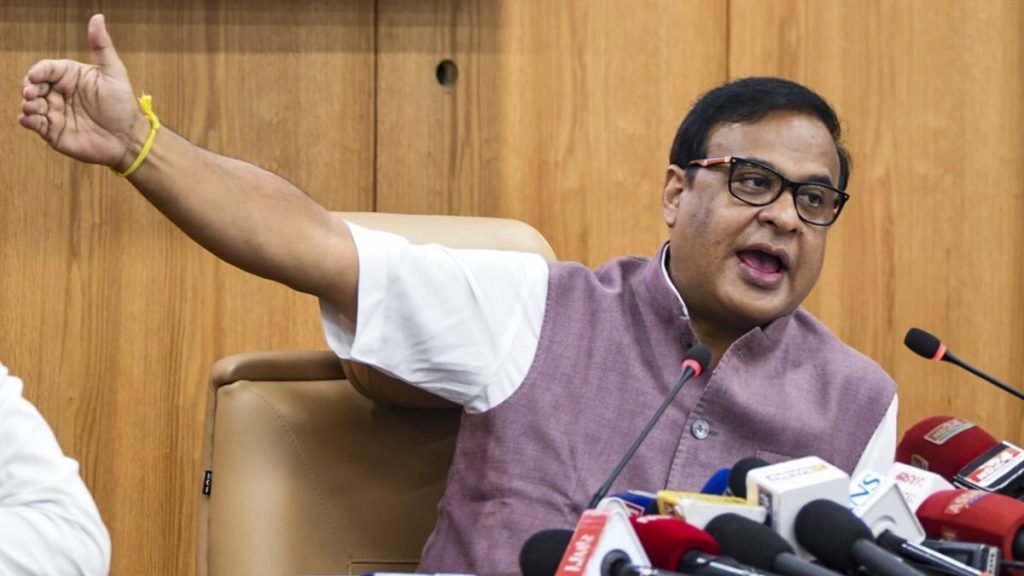Now Reading: AI or Human Touch: What Schools Need to Address Threats?
-
01
AI or Human Touch: What Schools Need to Address Threats?
AI or Human Touch: What Schools Need to Address Threats?

Fast Summary
- Incident Background: A school shooting in Rigby, Idaho, four years ago led to rethinking student safety and mental health approaches.
- Human Interaction-Based Approaches: Rigby schools emphasize non-tech solutions such as Hope Squads (student-run groups focused on peer connection/suicide prevention), volunteer programs like “Dads on Duty,” and monthly threat assessment team meetings involving district staff and counselors.
- Technology Usage: Tools like STOPit app for anonymous threat reporting and surveillance software monitoring student keystrokes are implemented but balanced with human-led initiatives.
- National Context: 71% of U.S. public schools now use threat assessment teams; models like Thorough School threat Assessment Guidelines (CSTAG) prioritize intervention over punitive measures. Criticisms include concerns over discriminatory practices in assessments and insufficient transparency with students/parents.
- Policy Changes Post-Shooting: Rigby adopted a cell phone ban to promote face-to-face interactions among students-teachers noted improved social engagement since this change.
Indian Opinion Analysis
India can draw lessons from rigby’s multidimensional approach to enhancing child safety within schools while promoting mental health support systems. Emphasis on building human connections through initiatives akin to Hope Squads or “Dads on Duty” could address critical gaps in India’s school environment where mental health awareness is often minimal.Though, how Indian education institutions balance the need for technology-driven monitoring tools versus privacy concerns remains significant.
For India’s densely populated educational system, leveraging robust community involvement alongside scalable solutions may be an achievable path forward-especially amidst increasing concerns over cyber-bullying or violence threats in urban settings. As seen with criticism against discriminatory practices elsewhere, implementing any model (whether tech-based or interaction-led) would require careful oversight at policy levels to ensure inclusivity and minimize misuse.

























